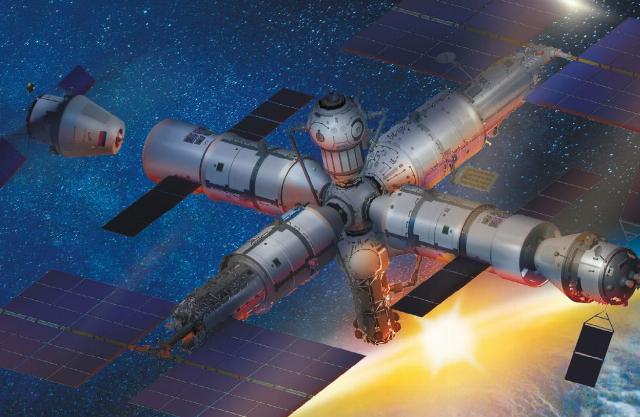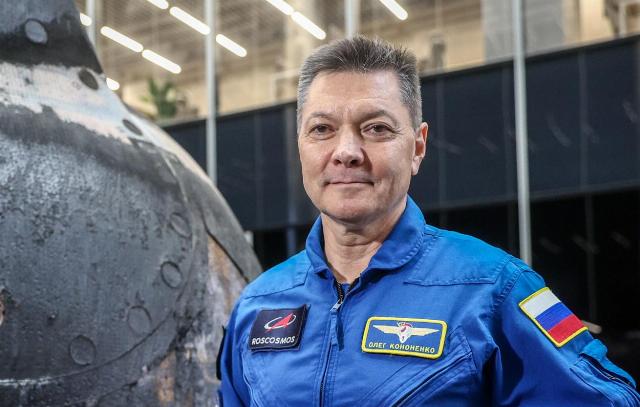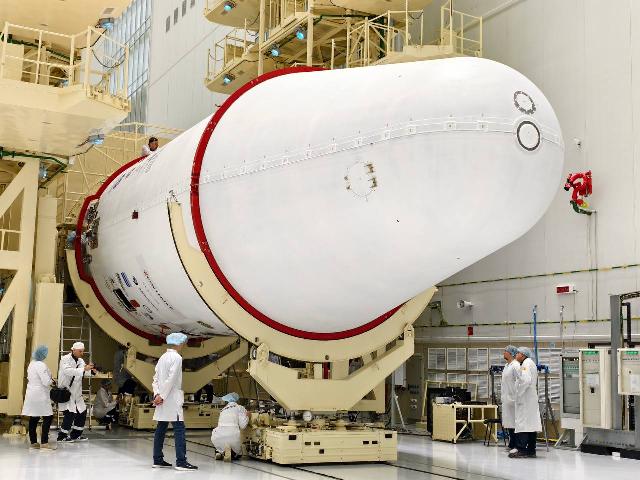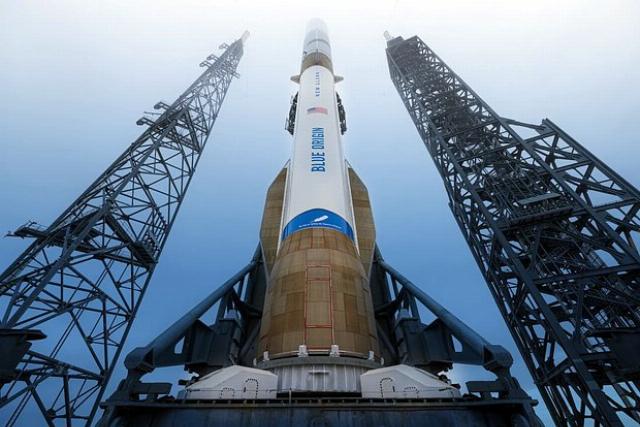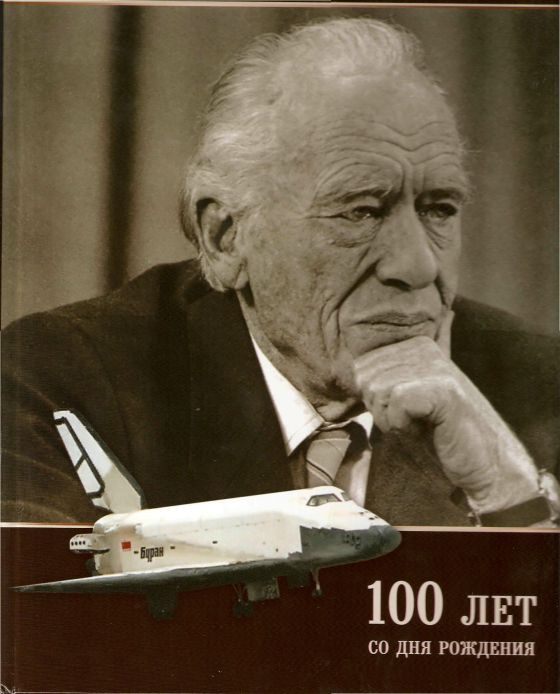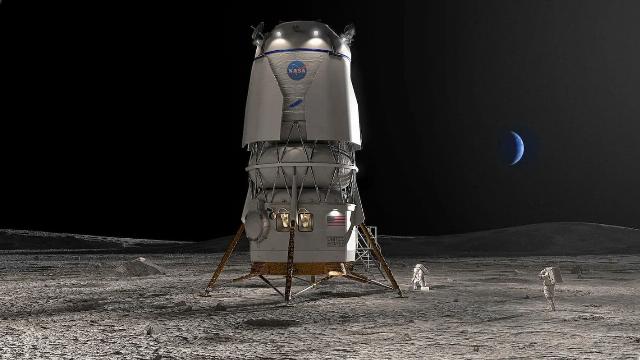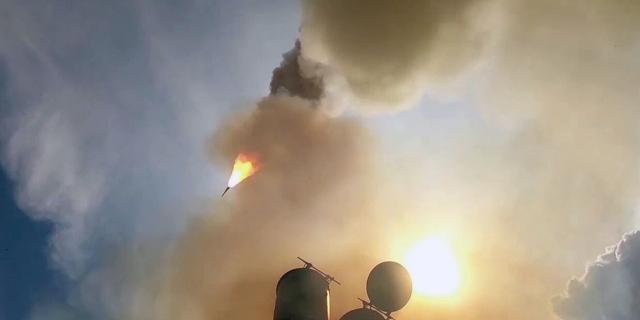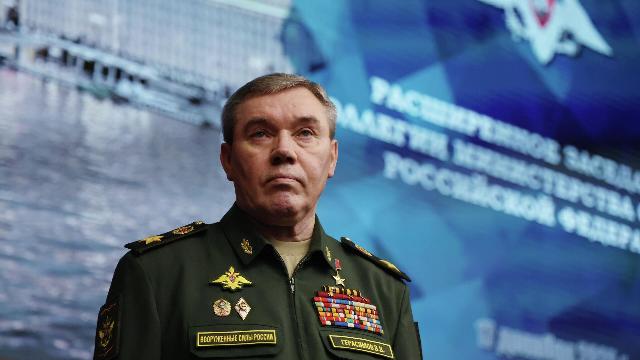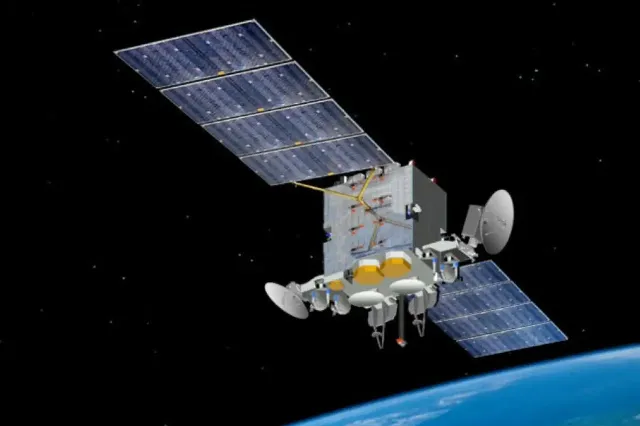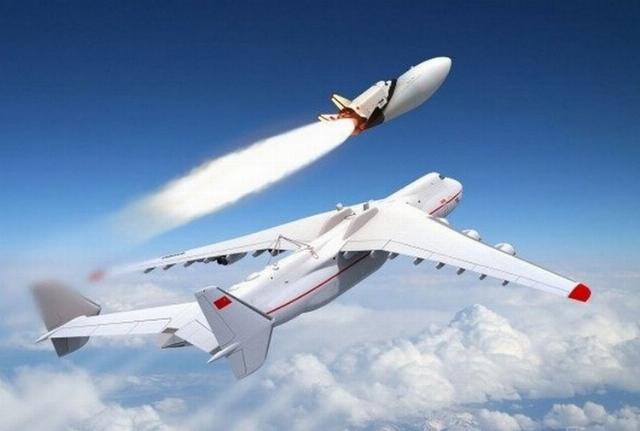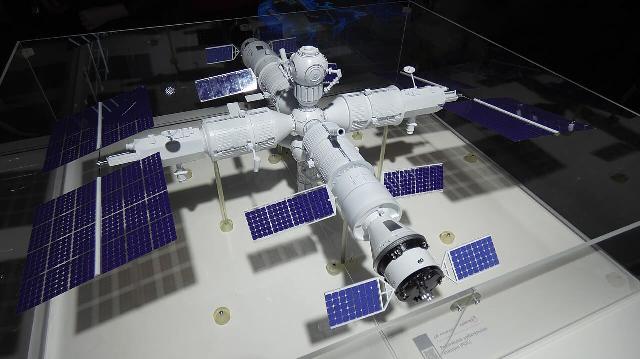Latest news on "Space"
Patched junk: will our astronauts really fly on decommissioned ISS modules?
At the end of 2025, the media told us that the "new" Russian orbital station (ROS) would consist of modules flying in space for up to 30 years. "And so it will do!": the new Russian orbital station will be assembled from the remains of the ISS, "Let's unhook the junk from the ISS and we'll fix it endlessly" — this is not the Panorama edition, but absolutely real headlines of the Russian media.
Medical technologies: how the challenges of space make humanity stronger
Oleg Kononenko — about experiments conducted in the Russian segment of the International Space Station and research in the field of regenerative and experimental medicine, biology and genetics.
How Russian weapons were improved in 2025
"The work of Russian defense industry enterprises deserves the highest assessment," experts say, and they tell us which samples of weapons and military equipment first demonstrated their capabilities in the free defense zone in 2025. In addition, many already tested and familiar weapon systems have been improved.


